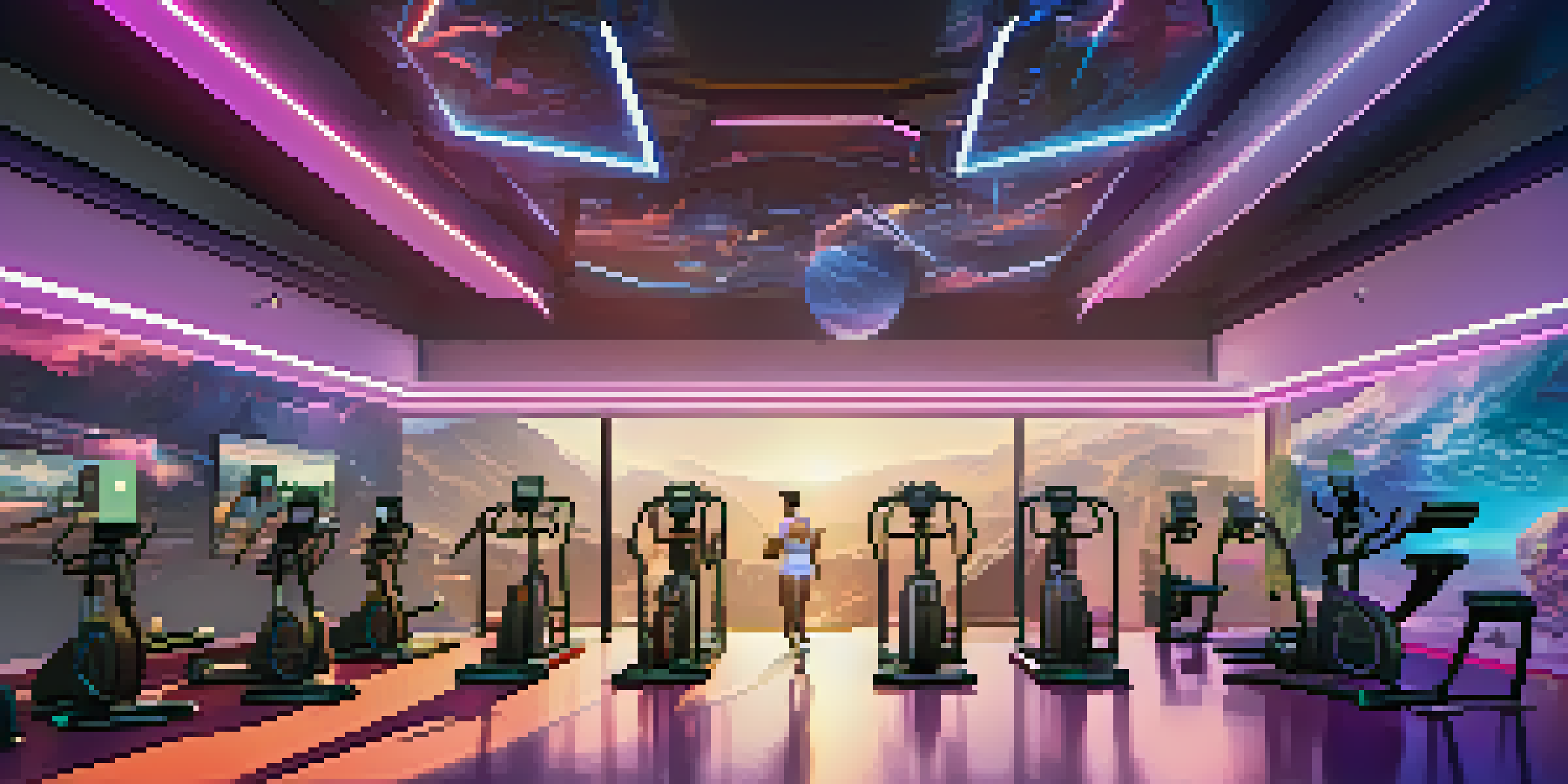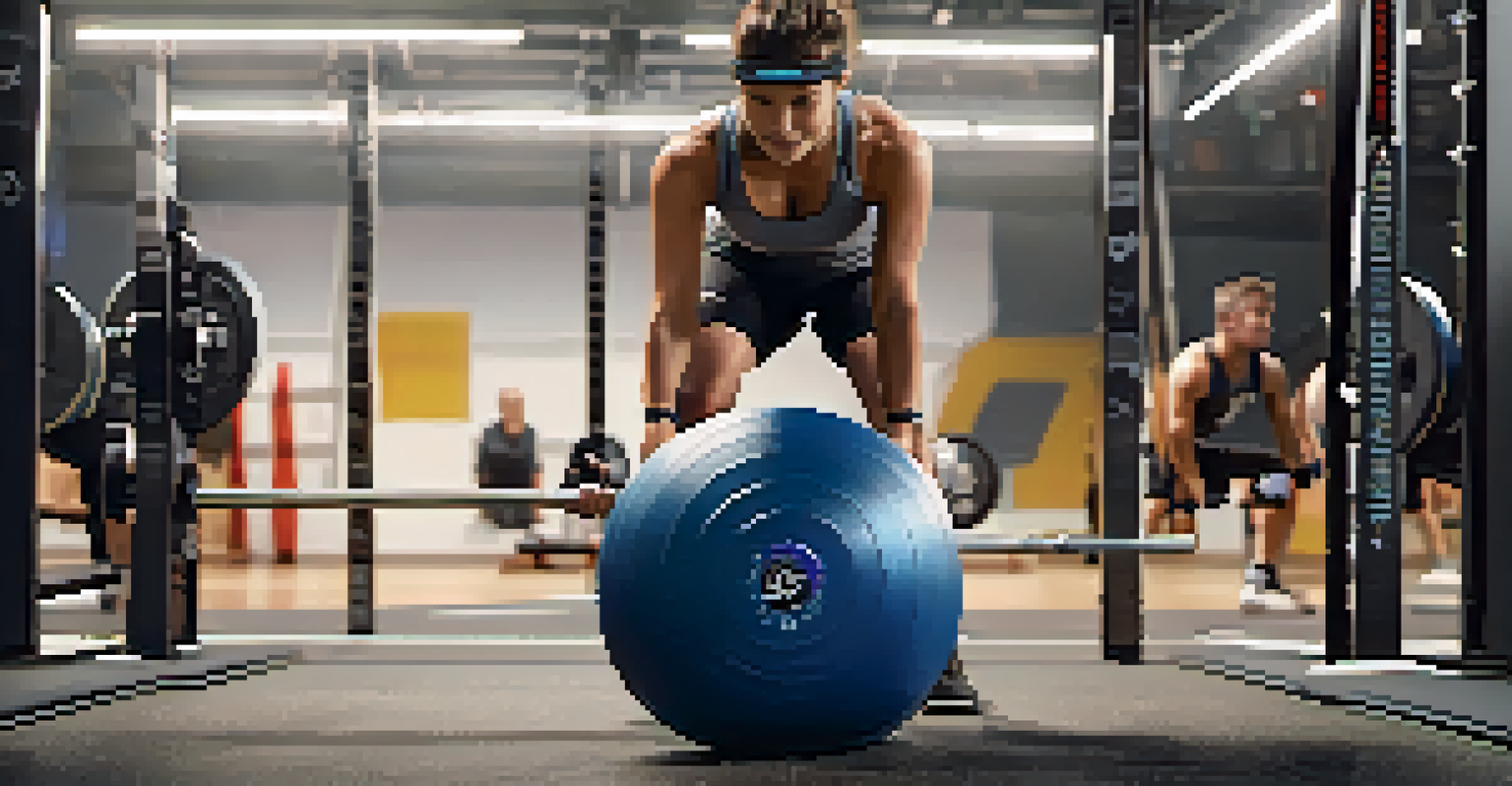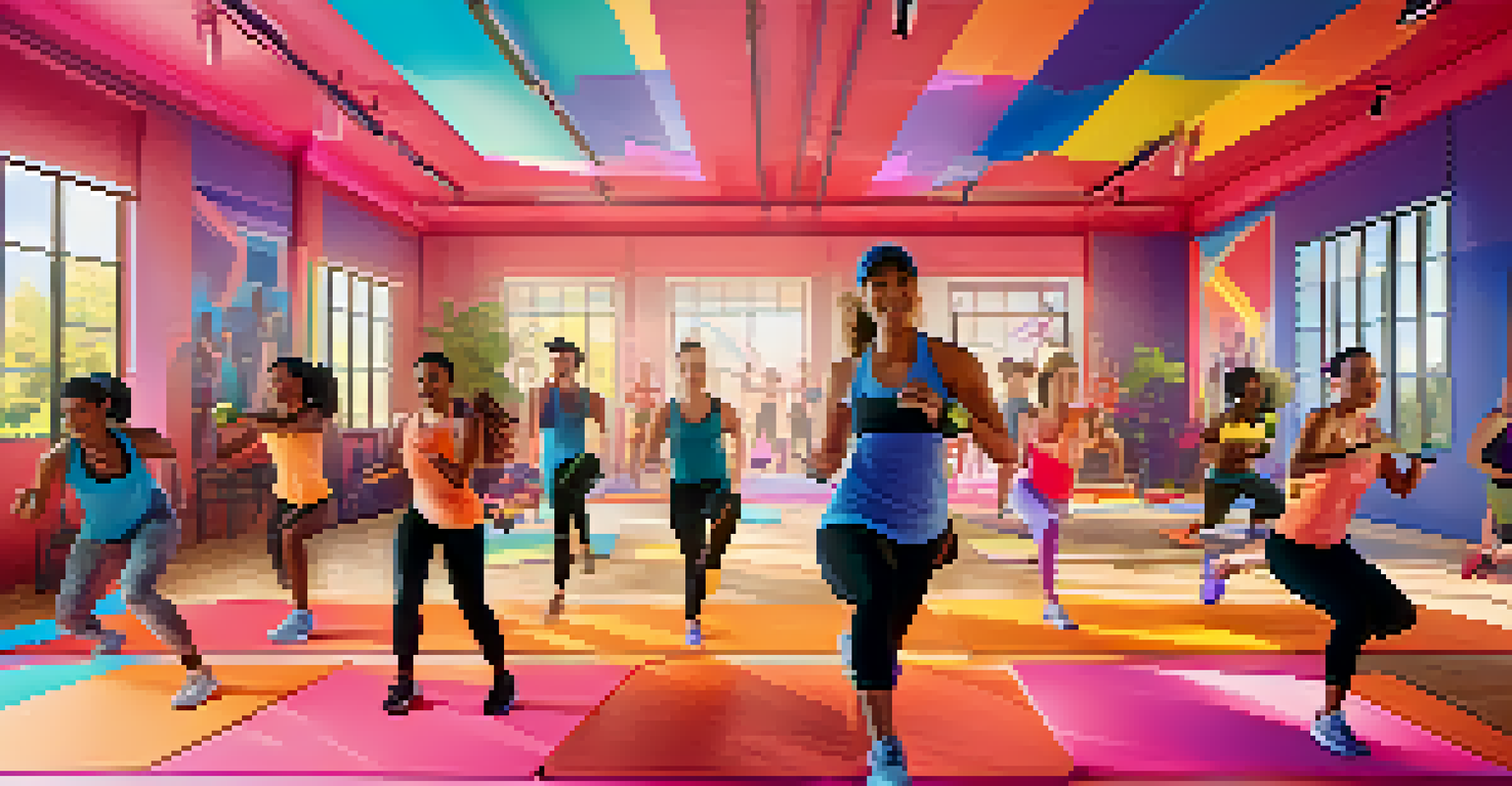Virtual Reality Bodybuilding: Immersive Training Experiences

What is Virtual Reality Bodybuilding?
Virtual reality bodybuilding combines traditional fitness with cutting-edge technology. By using VR headsets, users can immerse themselves in a virtual gym environment that feels incredibly realistic. Imagine walking into a gym where every machine and weight is at your fingertips, but without the physical limitations of a real space.
Virtual reality is a medium, not a genre. It’s a way of experiencing and interacting with digital content, blurring the lines between the virtual and the real.
This immersive experience allows bodybuilders to visualize their workouts better, making it easier to stay motivated and focused. Instead of staring at plain walls, users can lift weights while surrounded by beautiful landscapes or futuristic settings. This change of scenery can significantly enhance the training experience and keep boredom at bay.
Moreover, VR bodybuilding often includes guided workouts led by virtual trainers. These trainers can provide instant feedback and encouragement, making users feel more connected to their fitness journey. It’s like having a personal coach right in your living room!
Benefits of VR in Bodybuilding Training
One of the most significant benefits of VR bodybuilding is the enhanced motivation it provides. When you're immersed in a virtual world, the excitement can help push you through those tough workouts. The gamified elements, such as scoring and rewards, make you want to keep coming back for more.

Additionally, VR can cater to all fitness levels, from beginners to seasoned bodybuilders. Tailored programs allow users to progress at their own pace, ensuring that they are always challenged without feeling overwhelmed. This personalized approach can lead to better results and a greater sense of accomplishment.
Immersive Workouts Boost Motivation
Virtual reality bodybuilding provides an engaging environment that enhances motivation through gamified experiences and stunning visuals.
Finally, VR training can reduce the risk of injury. Many platforms include features that teach proper form and technique through interactive tutorials. This guidance helps users perform exercises correctly, minimizing the chances of strains or injuries that might occur in traditional training.
How VR Enhances Technique and Form
In virtual reality, users can receive real-time feedback on their form during workouts. Using motion tracking technology, VR systems can analyze your movements and provide suggestions for improvement, similar to having a coach by your side. This immediate feedback loop is vital for mastering complex exercises.
The future of fitness is not just about the body; it's about creating a community and an experience that motivates individuals to engage and improve.
For instance, if you’re performing a deadlift, the VR system can alert you if your back is rounding or if your grip is off. This level of detailed feedback is often hard to come by in a crowded gym setting, where personal trainers might not be available for every session.
Furthermore, the ability to practice in a low-pressure environment allows users to build confidence in their technique. This practice can lead to more effective workouts and better results over time, as proper form is crucial in preventing injuries and maximizing strength gains.
Community and Social Interaction in VR Training
One of the often-overlooked aspects of bodybuilding is the sense of community it fosters. With virtual reality, users can connect with fellow fitness enthusiasts from around the globe. Many VR platforms feature social features that allow users to work out together, share tips, and motivate each other.
Imagine joining a virtual bodybuilding class where you can see and interact with others, all while pushing through a tough workout. These social interactions can make the training experience more enjoyable and less isolating, especially for those who prefer working out in a group setting.
Real-Time Feedback Improves Technique
With motion tracking technology, VR systems offer real-time feedback on form, helping users master exercises and reduce injury risks.
Additionally, participating in challenges or competitions within the VR environment can create a sense of camaraderie. Whether it’s a friendly competition to lift the most weight or complete a workout in record time, these elements can enhance motivation and accountability.
Technological Advancements Driving VR Bodybuilding
The realm of virtual reality is constantly evolving, with advancements in technology enhancing the overall experience. Improved graphics, more accurate motion tracking, and better sensory feedback make VR bodybuilding feel incredibly lifelike. These developments mean that workouts can become more engaging and effective.
Moreover, the affordability of VR devices is on the rise, making it accessible to a broader audience. As more people adopt this technology, the variety of available VR fitness programs is expanding, catering to all styles and preferences. This growing ecosystem helps elevate the overall fitness experience.
As technology continues to improve, we can expect even more innovative features in VR bodybuilding. Future applications might include AI-driven personal trainers that adapt to your performance and goals, creating a truly personalized training experience.
Challenges and Limitations of VR Bodybuilding
Despite the many advantages, there are challenges associated with virtual reality bodybuilding. One significant hurdle is the initial investment in VR equipment, which can be a barrier for some users. While the prices are decreasing, high-quality headsets and accessories can still represent a considerable expense.
Another limitation is the space required to use VR effectively. Users need a safe area to move around without the risk of bumping into obstacles. For those living in smaller apartments, this can pose a challenge, as they may not have adequate room for immersive workouts.
Community Engagement in VR Fitness
VR platforms foster a sense of community by allowing users to connect, compete, and share experiences with fellow fitness enthusiasts worldwide.
Lastly, while VR can offer fantastic training experiences, it may lack the social element of a real gym. Some users might miss the in-person interactions that come with traditional bodybuilding, which can be an essential aspect of motivation and camaraderie.
The Future of VR Bodybuilding and Fitness
Looking ahead, the future of VR bodybuilding is bright and filled with possibilities. As technology continues to advance, we can expect even more immersive experiences that integrate with our daily lives. Imagine a world where VR workouts are as common as going to the gym, providing a flexible and engaging alternative.
Additionally, as developers create more diverse and inclusive programs, VR bodybuilding can reach a wider audience. This accessibility can help people of all fitness levels find their ideal workout environment, fostering a love for fitness that lasts a lifetime.

Ultimately, the combination of virtual reality and bodybuilding could lead to a revolution in how we approach fitness. With enhanced motivation, personalized training, and a growing sense of community, VR bodybuilding might just be the future of fitness we’ve all been waiting for.